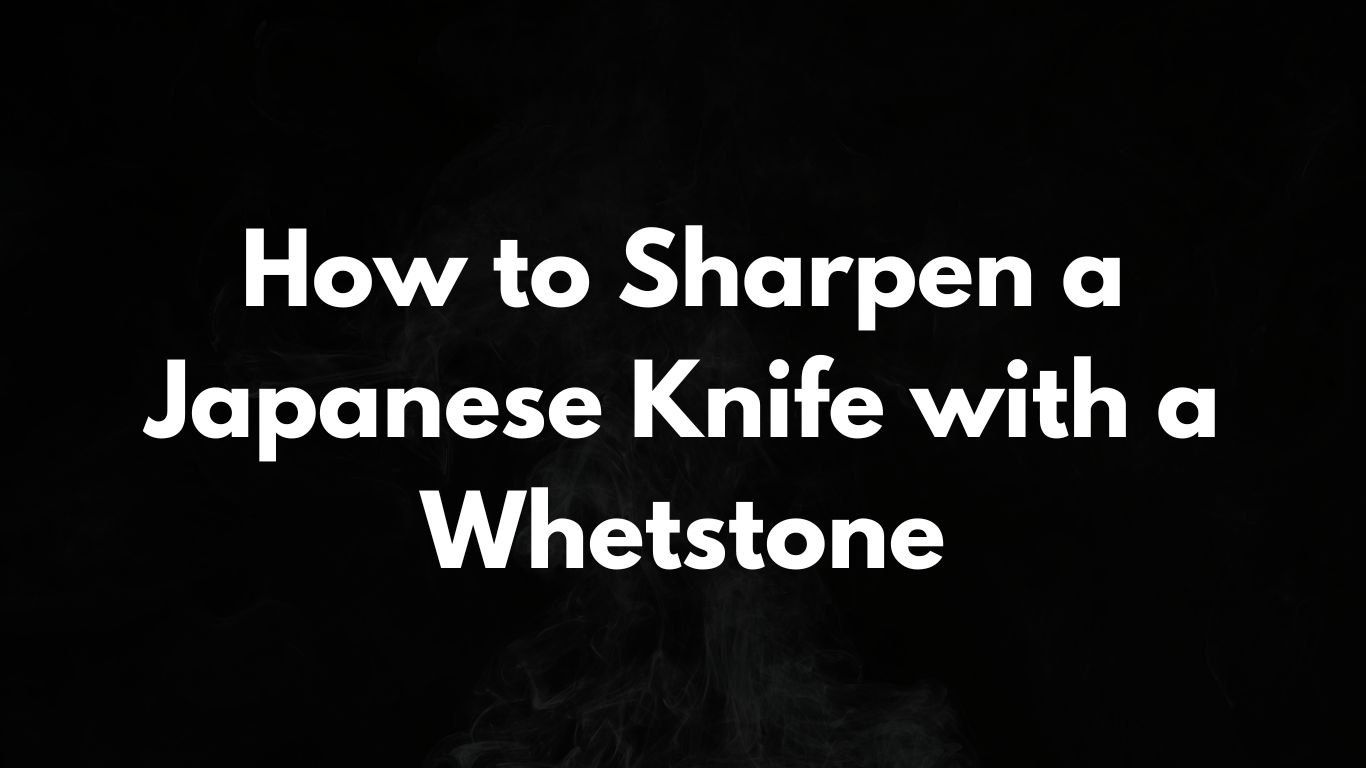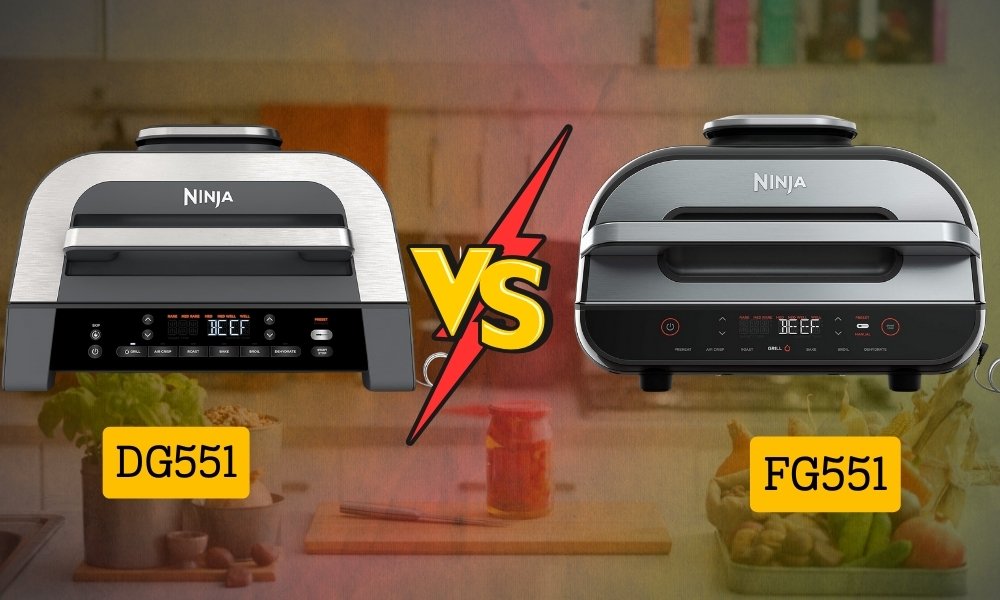If you’ve ever tried cutting vegetables with a dull knife, you know how frustrating it can be. A sharp knife isn’t just easier to use—it’s also safer. If you own a Japanese knife, you probably appreciate its precision and craftsmanship. But to keep it performing at its best, regular sharpening is essential.
Many of my blog readers requested to Cutting Resource to teach them how to sharpen a japanese knife with a whetstone.So finally!
In this guide, you’ll learn how to sharpen a Japanese knife with a whetstone step by step. It’s not rocket science, I will keep things simple, so even if you’re a beginner, you can follow along easily.
But let’s make sure we are on the same page?
Why is using a Whetstone important?
There are many ways to sharpen a knife, but using a Japanese knife sharpening stone (whetstone) is the best method. Unlike electric sharpeners or honing rods, a whetstone gives you full control over the sharpening angle and preserves the integrity of the blade.
Japanese knives are known for their sharper edges, usually around 10-15 degrees per side, compared to Western knives, which have a 20-30 degree edge. This means they require more delicate sharpening techniques. What well Need For Sharpening this way
Before we start, gather the following items:
- A Japanese knife sharpening kit (this usually includes different grit whetstones)
- A container of water
- A towel to stabilize the stone
- A soft cloth for drying the knife
If you don’t have a Japanese knife sharpener yet, I highly recommend investing in a high-quality sharpening stone set. That will give you proper flexibility for sharpening.
Ok, now come to the point.
How to Sharpen a Japanese Knife with a Whetstone
Step 1: Preparing the Whetstone
- Soak the stone: Place your whetstone in water for about 10-15 minutes. If you see bubbles, that means the stone is absorbing water. Once the bubbles stop, it’s ready.
- Set up your workstation: Lay a towel on a stable surface and place the stone on top. This prevents it from slipping while sharpening.
If you’re using a Japanese knife sharpening stone labeled as “splash and go,” you can skip the soaking and just wet the surface before use.
Step 2: Finding the Right Sharpening Angle
- For Japanese knives, hold the blade at a 10-15 degree angle against the stone.
- A simple trick: Place two coins under the spine of the knife to estimate this angle.
Holding the correct Japanese knife sharpening angle is crucial to achieving a razor-sharp edge.
Step 3: Sharpening the Knife
- Start with a coarse grit stone (Arato, 400-1000 grit)
- Hold the knife with your dominant hand and place your other hand’s fingers on the blade for even pressure.
- Move the blade back and forth across the stone in smooth strokes, maintaining the correct angle.
- Start at the tip and move towards the base, repeating 5-10 times per section until a burr (tiny metal fold) forms.
- Switch to a medium grit stone (Nakato, 1000-3000 grit)
- This refines the edge and removes deep scratches left by the coarse stone.
- Use the same back-and-forth motion, maintaining the sharpening angle.
- Finish with a fine grit stone (Shiageto, 5000-8000 grit)
- This polishes the edge for extra sharpness and smoothness.
- Lightly stroke the blade on the stone, focusing on refining the cutting edge.
Step 4: Sharpen the Other Side
If your knife is double-beveled (sharpened on both sides), repeat the process on the other side. If it’s a single-beveled Japanese knife like a Deba or Yanagiba, focus only on the primary bevel and gently de-burr the flat side.
Step 5: Removing Burrs and Final Touches
- Check for burrs by lightly running your fingers along the edge.
- Use a newspaper or leather strop to remove any remaining burrs.
- Wash and dry the knife immediately to prevent rust.
Read more How to Choose the Right Japanese Knife for Your Kitchen
How To Maintaining A Japanese Knife
To keep your knife in top shape:
- Avoid cutting hard items like bones or frozen food.
- Hand wash and dry immediately after use.
- Regularly hone your knife with a fine-grit stone to maintain sharpness.
Choosing the Best Japanese Knife Sharpener
If you’re looking for the best Japanese knife sharpener, I recommend getting a complete Japanese knife sharpening kit that includes multiple grit stones. Brands like Shapton, King, and Naniwa offer excellent options.But these brands are kind of expensive, so I have chosen some non brand budget friendly whetstone from experience.
If you prefer a hassle-free solution, you can also consider using a Japanese knife sharpening service to professionally maintain your blades.
Final Thoughts
Learning how to sharpen a Japanese knife with a whetstone may seem challenging at first, but with practice, it becomes an easy and rewarding skill. A well-sharpened knife makes cooking more enjoyable and helps you get the best out of your Japanese knife.
If you don’t have a Japanese knife sharpening stone yet, now is the perfect time to invest in one. Your kitchen experience will improve dramatically with a properly maintained knife!
Now, go grab your whetstone and start sharpening!
Read more Japanese vs German Knives: 9 Differences You Must Know Before Buying


